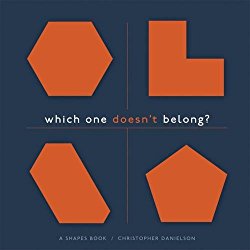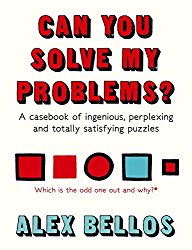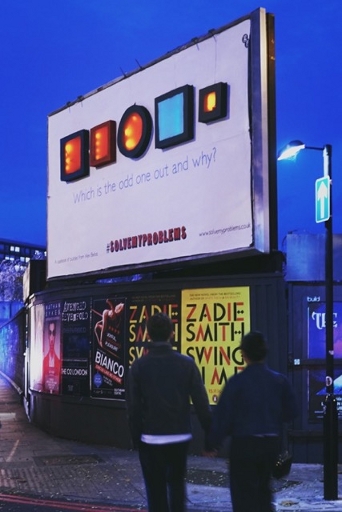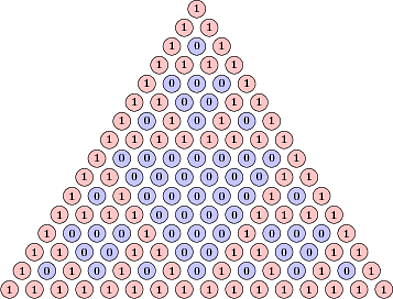2015 Coin Problem Solution
A while ago I posted my second favorite problem from the 2015 All-Russian Math Olympiad:
Problem. A coin collector has 100 coins that look identical. He knows that 30 of the coins are genuine and 70 fake. He also knows that all the genuine coins weigh the same and all the fake coins have different weights, and every fake coin is heavier than a genuine coin. He doesn’t know the exact weights though. He has a balance scale without weights that he can use to compare the weights of two groups with the same number of coins. What is the smallest number of weighings the collector needs to guarantee finding at least one genuine coin?
Now it’s solution time. First we show that we can do this in 70 weighings. The strategy is to compare one coin against one coin. If the scale balances, we are lucky and can stop, because that means we have found two real coins. If the scale is unbalanced, the heavier coin is definitely fake and we can remove it from consideration. In the worst case, we will do 70 unbalanced weighings that allow us to remove all the fake coins, and we will find all the real coins.
The more difficult part is to show that 69 weighings do not guarantee finding the real coin. We do it by contradiction. Suppose the weights are such that the real coin weighs 1 gram and the i-th fake coin weighs 100i grams. That means whatever coins we put on the scale, the heaviest pan is the pan that has the fake coin with the largest index among the fake coins on the scale.
Suppose there is a strategy to find a real coin in 69 weighings. Given this strategy, we produce an example designed for this strategy, so that the weighings are consistent, but the collector cannot find a real coin.
For the first weighing we assign the heaviest weight, 10070 to one of the coins on the scale and claim that the pan with this coin is heavier. We continue recursively. If a weighing has the coins with assigned weights, we pick the heaviest coin on the pans and claim that the corresponding pan is heavier. If there are no coins with assigned weights on pans, we pick any coin on the pans, assigned the largest available weight to it and claim that the corresponding pan is heavier.
After 69 weighings, not more than 69 coins have assigned weights, while all the weighings are consistent. The rest of the coins can have any of the leftover weights. For example, any of the rest of the coins can weigh 100 grams. That means that there is no coin that is guaranteed to be real.
Share:


